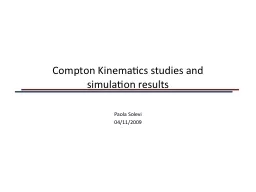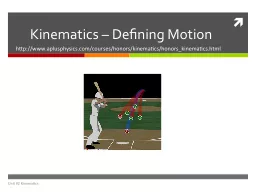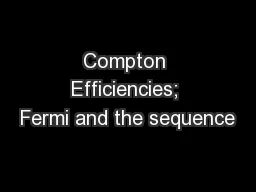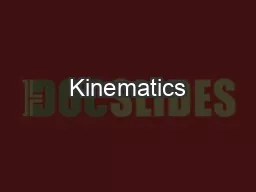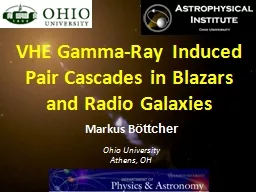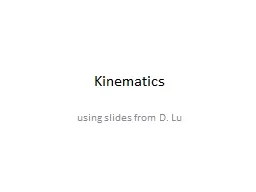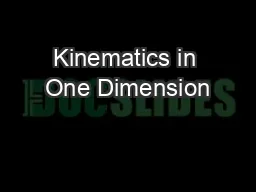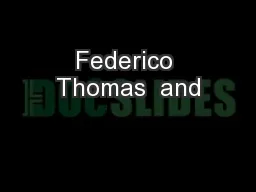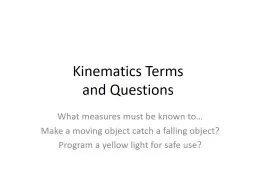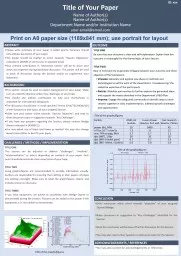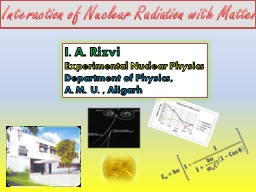PPT-Compton Kinematics studies and
Author : hoodrona | Published Date : 2020-06-17
simulation results Paola Solevi 04112009 Energy distribution Run 1665 HL on trigger turned off Calibration with 1680 ET and 1681 IT 1 LYSO only selected Small
Presentation Embed Code
Download Presentation
Download Presentation The PPT/PDF document "Compton Kinematics studies and" is the property of its rightful owner. Permission is granted to download and print the materials on this website for personal, non-commercial use only, and to display it on your personal computer provided you do not modify the materials and that you retain all copyright notices contained in the materials. By downloading content from our website, you accept the terms of this agreement.
Compton Kinematics studies and: Transcript
Download Rules Of Document
"Compton Kinematics studies and"The content belongs to its owner. You may download and print it for personal use, without modification, and keep all copyright notices. By downloading, you agree to these terms.
Related Documents

